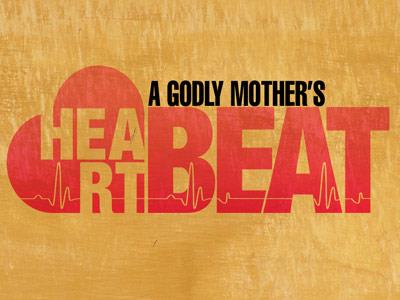-
The Feast Of Purim Series
Contributed by Chris Surber on Nov 28, 2017 (message contributor)
Summary: God has turned our sorrow into joy!
The Feast of Purim, Esther 9:18-27 (Jewish Feasts-2)
Introduction
A thirty-eight-year-old scrubwoman (cleaning lady) would go to the movies and sigh, “If only I had her looks.” She would listen to a singer and moan, “If only I had her voice.” Then one day someone gave her a copy of the book, The Magic of Believing. She stopped comparing herself with actresses and singers. She stopped crying about what she didn’t have and started concentrating on what she did have. She took inventory of herself and remembered that in high school she had a reputation for being the funniest girl around. She began to turn her liabilities into assets. A few years ago Phyllis Diller made over $1 million in one year. She wasn’t good-looking and she had a scratchy voice, but she could make people laugh.
Transition
The great Christian devotionals writer, Oswald Chambers, once wrote, “Laughter and weeping are the two most intense forms of human emotion, and these profound wells of human emotion are to be consecrated to God.”
In Psalms 126:2 it says, “Our mouths were filled with laughter, our tongues with songs of joy. Then it was said among the nations, “The LORD has done great things for them.” (NIV) The life of the believer is one which is rightly characterized by joy, peace, and yes laughter.
Laughter is a great gift from God. We are not only called into a life of reverent piety, we have been given the great gift and joy of knowing God!
This morning we will examine the Old Testament Feast of Purim. This is the second in a series of sermons on the feasts of the Old Testament. We are examining them to find theological significances for us but as and perhaps more important, are the things that these feasts teach us that we can apply to the Christian life here, now, today.
We serve a God of celebration, of worship, and meaning; the Christian life, above all other things that it is, is a celebration of God’s goodness and rich mercy in our lives. The feast of Purim is, as we will see, a celebration filled with joy, laughter, and hope. If there is any place in the Bible which encourages Christians away from dry religion unto vibrant relational worship; it is the message of this feast.
Historical Context
The Feast of Purim is celebrated to this day in Orthodox Judaism and among many Messianic Jews. It is also known as the Feast of Lots or, in the more modern vernacular, the Feast of Esther. Unlike the other major Feasts of the Old Testament the Feast of Purim is not found in Leviticus 23. The Feast of Purim is recorded only in the book of Esther.
Interestingly, however, the details of the book of Esther with regard to the reign of King Xerxes and the rule of the Medo-Persian Empire are entirely consistent with what is known from modern archeology and from the record of antiquity. The book of Esther is unique in the biblical record for many reasons.
It is the only book in the Bible whose central character and all of its central themes focus on a woman. While there are many biblical books which have women as key characters, Esther stands alone as a central character. The whole book is really about her assent to a high status in the court of the Persian King as his wife and Queen.
The historical setting of the book is a generation or two after the beginning of the great Jewish Diaspora, or scattering of the Jewish people, when the Israelites fell into captivity under the rule of the Babylonians under King Nebuchadnezzar II in 586 BC. 50 years after entering captivity Cyrus the Great, the King of the Persian Empire, conquered the Babylonians and allowed the Jews to return to their homeland in 538 B.C.
The Old Testament books of Nehemiah, Ezra, and Esther recount the events immediately following the time of return to the Holy Land and their themes are strongly centered on God’s people of that period.
Interestingly, many of the Jews – even the majority of whom remained strongly nationalistic and faithful to Yahweh, the One True God of the bible – those who remained in the regions where they had been taken. For many Jews it was clearly more comfortable to remain in the place where they had been taken captive than it was to return to the Holy Land; to the place of labor of rebuilding what had been destroyed in the wars with her enemies.
Here is an interesting parallel to the events leading up to of the Passover Feast.
How easily is the human heart made comfortable in the place of defeat? It is an altogether too common motif in the Old Testament that God’s people so easily become comfortable in the arms of her mistress. But before we judge the Israelites who remained in the places where they had been taken, in various locations and regions throughout the Babylonian Empire, might I suggest that the Church of today knows her own Babylonian captivity? Might I suggest that each one of us knows or at the very least has known such captivities of complacent comfort in our own walks with God?

 Sermon Central
Sermon Central



